Microsystems engineer Can Dincer builds disposable devices to enable personalized medicine.


Microsystems engineer Can Dincer builds disposable devices to enable personalized medicine.

A specific epigenetic signature in patients who respond to chemotherapy offers potential to improve treatment.
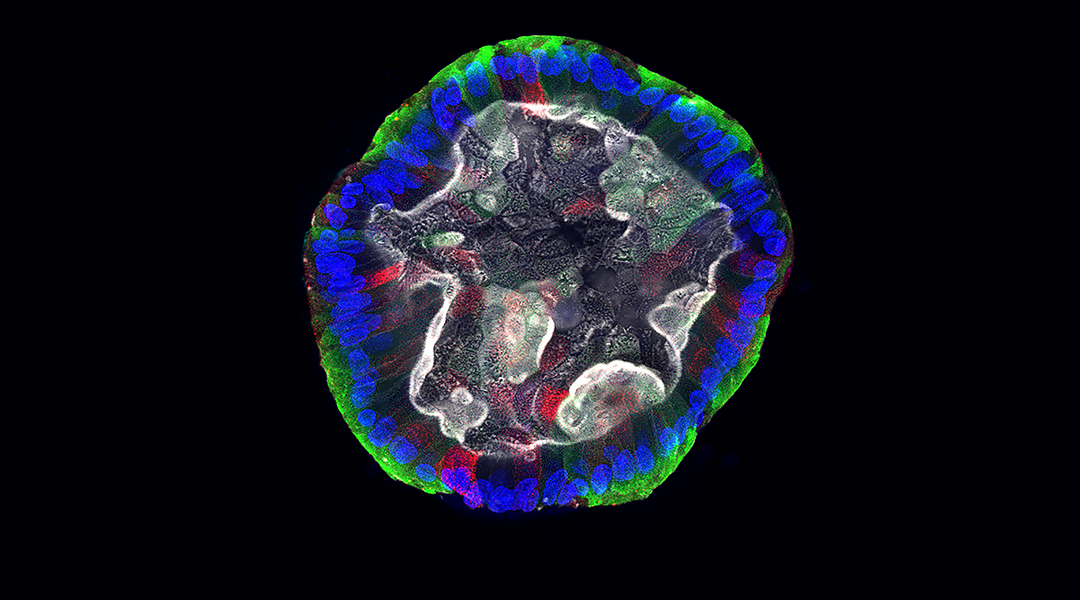
Addressing the lack of diversity in drug testing, scientists are using organoids from voluntary donors to enhance equity and inclusion.

Scientists are delving into the future of hair loss treatments, from macromolecules to laser therapies and CRISPR gene editing.
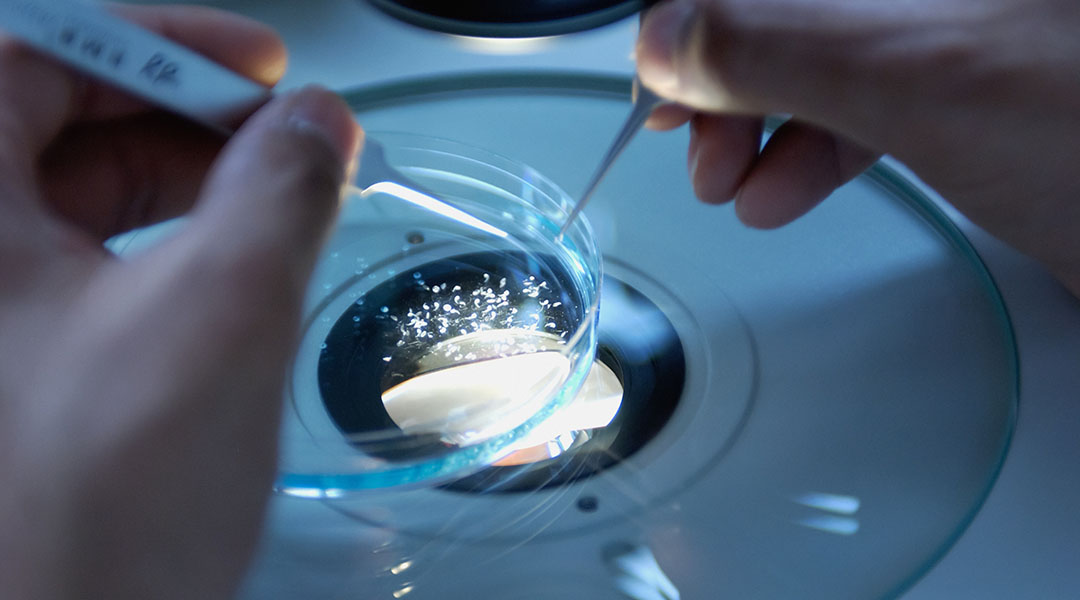
Bacteria residing inside tumors provide a surprisingly powerful immunotherapy platform to combat different cancers.
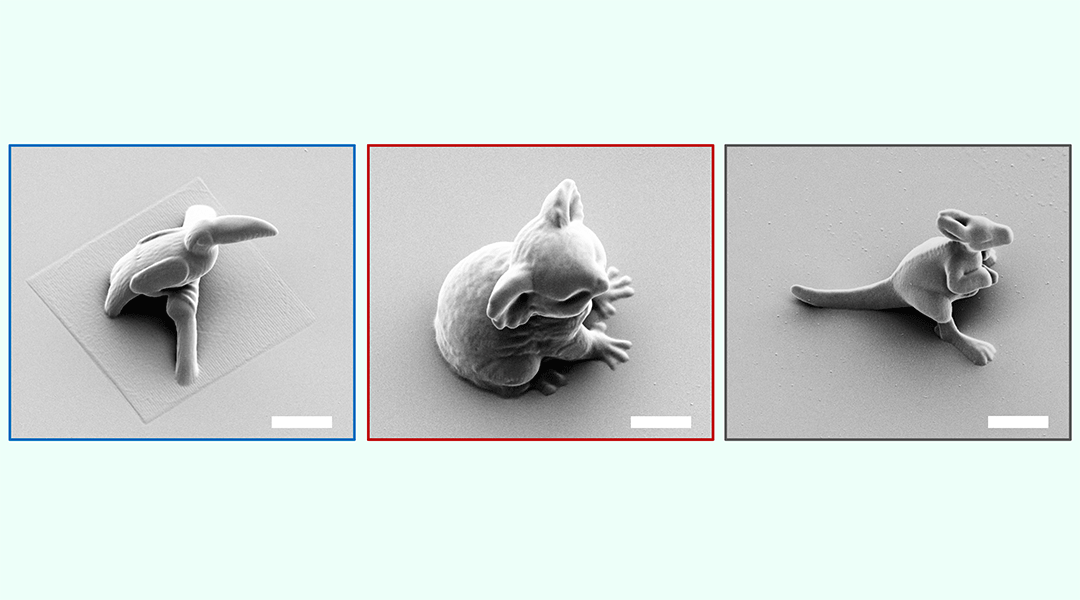
Defining the molecular sequence of ink ingredients gives chemical engineers precise control of microscopic 3D printing.
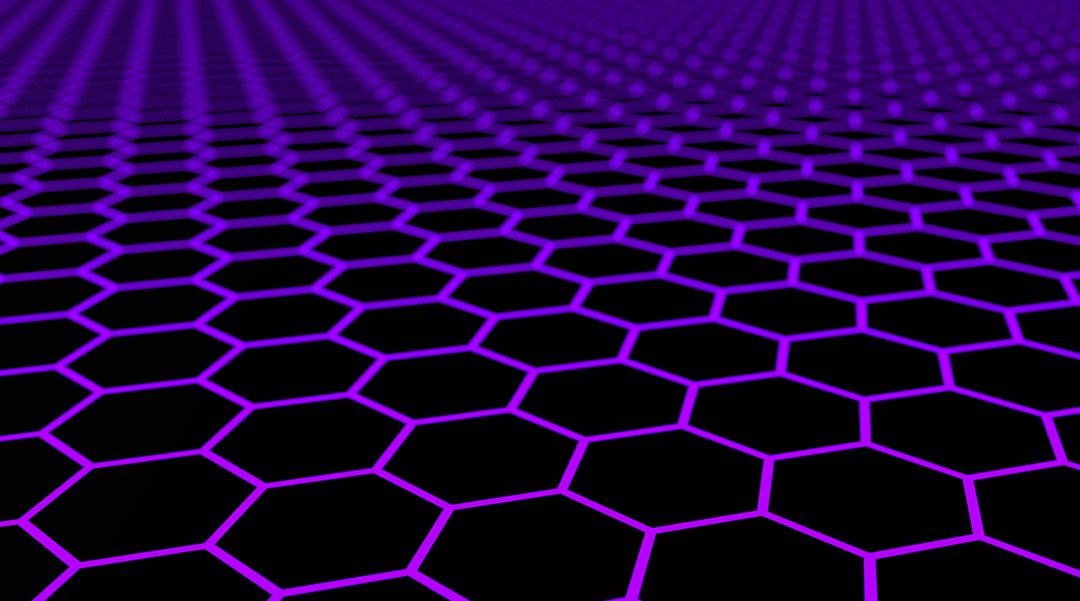
Scientists are exploring the behavior of electrons in helicoidal graphene strips, a unique form of graphene with a twisted shape.
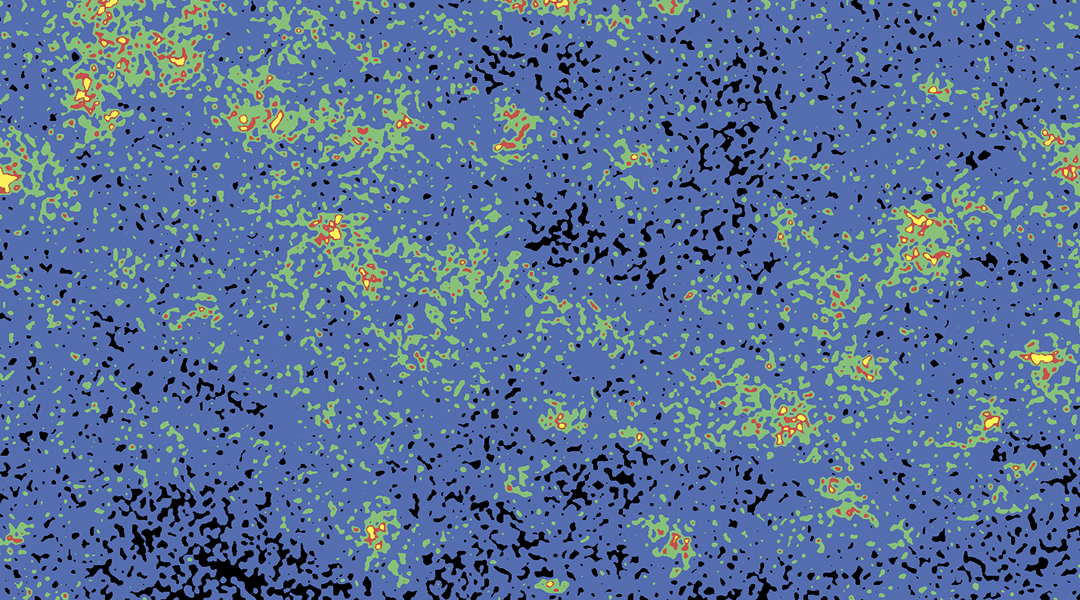
Catalysts that mimic antioxidase enzymes show promise in treating inflammatory diseases, such as gum disease, lupus, or cancer.
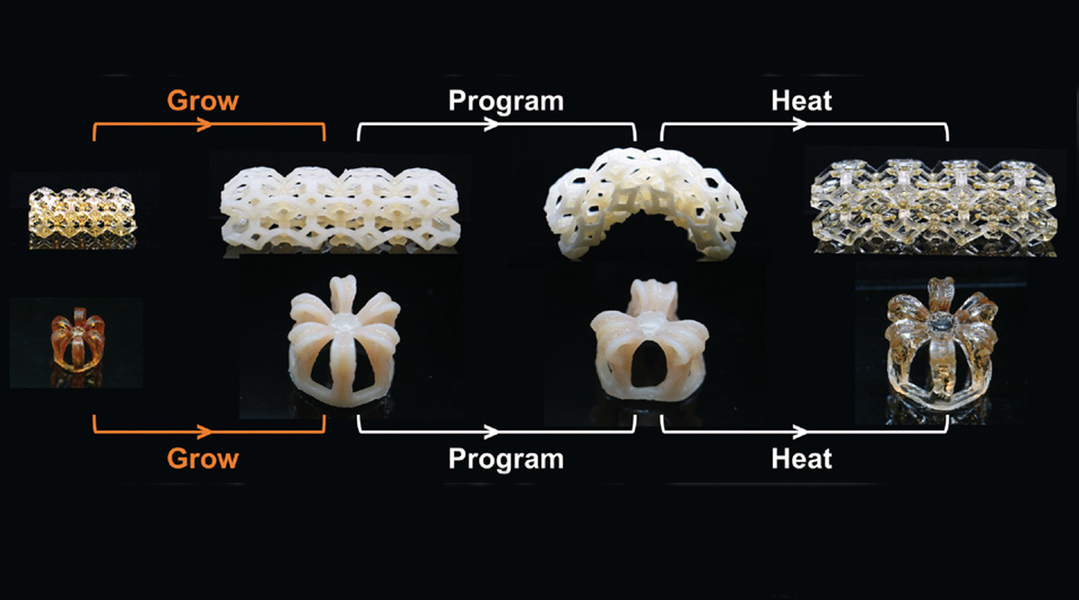
4D printing produces a living polymer network that can be printed into 3D shapes and then broken down into its monomer units for reuse.
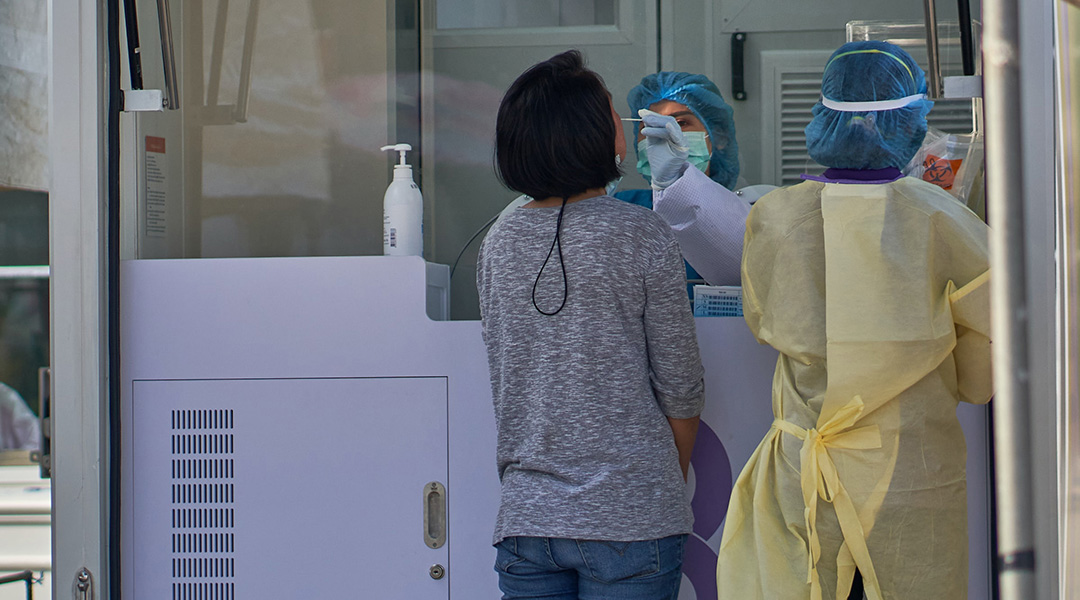
Researchers turn to nanotechnology to boost the detection of pathogens, including SARS-CoV-2.